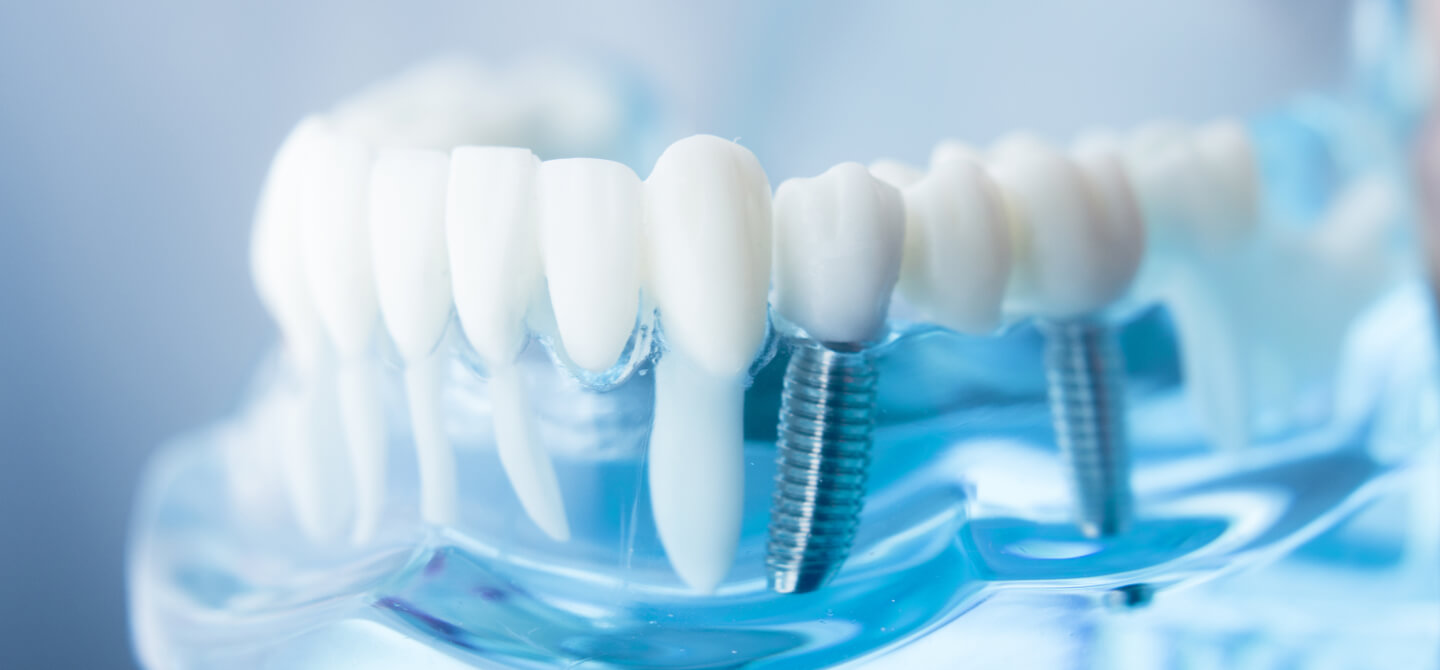Safe Dental Implant Surgery in Long Island
Our dental team understands that undergoing a surgical procedure can be daunting or overwhelming. However, our Sayville dentist provides safe and comfortable dental implant surgery for those needing to replace one missing tooth or multiple missing teeth.
Getting dental implants doesn’t have to be intimidating! To learn more about our treatment options, contact us today by calling 631-563-1583 to set up an appointment. Dr. Sigismondi is one of the best dentists in Long Island and will ensure that your smile goals are met.

How a Dental Implant Procedure Works
Initial Consultation
All dental implant procedures begin with an initial consultation. During this appointment, our dentist will examine your oral health and take digital X-rays to determine if you’re a good candidate for treatment. They’ll also discuss your medical history and any medications you’re taking to make sure that the implant surgery is safe for you.
Supplemental Procedures
For some implant patients, additional procedures may be recommended before they can move forward with replacing missing teeth with dental implants. Procedures such as a bone graft or a soft tissue graft are common for those suffering from low jawbone density or who have underlying oral health conditions, such as gum disease.
These supplemental procedures can be performed before or during the implant process, depending on the patient’s needs and the complexity of their case. Dr. Sigismondi will evaluate your specific situation and determine if any additional procedures are necessary to ensure the success of your dental implant procedure.
In some cases, dental implants may not be right for you. Our dentist may recommend other tooth replacements, such as dentures or a dental bridge.

Implant Surgery
The implant procedure is typically an outpatient surgery done under local anesthesia, but some patients may choose to have IV sedation for added comfort. Sedation options will be discussed at your initial consultation. During your implant placement appointment, our dentist will make a small incision in the gums and carefully place the implant post into the jawbone. The post will then be left to heal and integrate with the bone in the coming months.
Osseointegration
Over the next few months, during the healing process, your jawbone will heal and fuse with the implant in a process called osseointegration. This is a crucial step that ensures the long-term success of the implant. During this time, you may wear a temporary crown or bridge.
Abutment Placement
Once osseointegration is complete, another minor surgery is performed to place an abutment on the implant. The abutment is a connector piece that attaches to the implant and protrudes through the gum tissue.
Dental Crown Placement
Finally, our dentist will attach the artificial teeth, or tooth, to the abutment. The crown is custom-made to match the size, shape, and color of your surrounding teeth.
After Your Dental Implant Surgery
After your dental implant surgery, it’s essential to maintain excellent oral hygiene to ensure proper healing and reduce the chance of complications arising. Here are some tips to help you care for your implants after oral surgery:
- Follow instructions given to you by your oral surgeon or dentist
- Manage pain and swelling with cold compresses and over-the-counter pain medications
- Avoid smoking and drinking alcohol
- Eat soft foods and avoid anything hard, crunchy, or spicy
- Practice good oral hygiene
- Attend follow-up appointments
Our West Sayville implant dentist wants to ensure you have a great recovery! If you have questions about your dental health after the procedure, don’t hesitate to contact our dental office at 631-563-1583.

Frequently Asked Questions
No, not necessarily. In some cases, your dentist will place dental implants directly into the jawbone without the need to remove any existing teeth. However, if there aren’t enough healthy teeth or if the jawbone is too thin or weak, tooth extraction may be necessary before the implant surgery.
The dental implant process takes about three to nine months. The implant surgery takes just a few hours during one appointment, but the post needs time to heal and integrate with the jawbone before your dentist places the final restoration, typically a dental crown or bridge. Osseointegration can take anywhere from three to six months and is a crucial step, as this is when your implant post naturally fuses with your jawbone.
Most patients report little to no pain during the dental implant procedure. A local anesthetic is used to numb the area, or your dentist may offer alternative dental sedation options depending on your needs. After the implant procedure, patients usually manage any discomfort or swelling of the implant site with over-the-counter medications.
The purpose of dental implants is to act as replacement teeth. When a tooth is lost because of injury, decay, or other reasons, it can hurt a person’s oral health and quality of life. Dental implants provide a permanent, durable replacement tooth, improving your natural teeth’ function and appearance.
